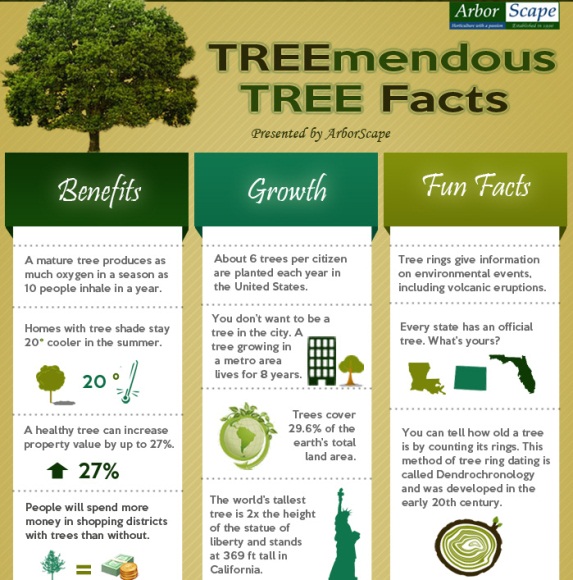Seasonal Tree Upkeep: Standards For Handling Trees Before And After They Are Gotten Rid Of
Seasonal Tree Upkeep: Standards For Handling Trees Before And After They Are Gotten Rid Of
Blog Article
Article Written By-
When it involves seasonal tree care, guaranteeing appropriate management prior to and after elimination can significantly impact the health and wellness and visual appeals of your landscape. By understanding how long does it take to become a certified arborist associated with examining tree health and wellness and preparing for elimination, you can proactively protect your residential or commercial property. However what about the essential practices to comply with when the tree is gone? Stay tuned to uncover grow trees that count -removal care steps that will certainly help you cultivate a successful and lasting setting for your trees.
Pre-Removal Tree Treatment
Before resolving the removal of a tree, it's vital to prioritize pre-removal tree treatment. Begin by examining the tree's health and architectural integrity. Look for indicators of condition, parasite problems, or any kind of structural concerns that may pose a security hazard throughout removal. It's vital to consult with a licensed arborist to determine the very best strategy.
Trimming dead or diseased branches can prevent more damages to the tree and ensure a smoother elimination procedure.
Additionally, take into consideration the environmental effect of eliminating the tree. arborist school play a vital duty in our community, so planting a brand-new tree in an appropriate area can assist offset any loss. Make certain that you have the required licenses and permissions for tree removal, particularly if the tree is safeguarded by local regulations.
Seasonal Maintenance Tips
Examining your tree's requirements throughout the year is important for its health and longevity. To keep your trees in top problem, comply with these seasonal maintenance suggestions.
In spring, concentrate on pruning to remove dead or damaged branches and encourage new growth.
Summer calls for routine watering, especially throughout droughts, to guarantee your tree stays hydrated.
As fall techniques, watch out for early indicators of disease or stress, and take into consideration applying mulch to secure the origins during winter season.
In winter, beware when eliminating snow from branches to avoid damage, and continue to monitor your tree's overall health.
Bear in mind to change your treatment routine based upon the certain demands of your tree varieties and local climate. By remaining mindful and aggressive throughout the seasons, you can help your trees grow and prosper for many years ahead.
Post-Removal Tree Treatment
To make certain the health of your landscape also after tree removal, proper post-removal care is necessary. After a tree is gotten rid of, it's critical to fill up the remaining hole with topsoil and small it to stop settling. This will certainly aid preserve the stability of the ground and protect against prospective dangers in the future.
Take into consideration planting brand-new plant life instead of the gotten rid of tree to bring back the balance and looks of your landscape. Regularly water the location to advertise the development of brand-new plants and protect against soil erosion.
Examine the bordering trees for any type of signs of disease or anxiety that may have been brought on by the gotten rid of tree. Keep an eye out for insects that might've been attracted to the previous tree and take preventive measures to secure the continuing to be vegetation.
If required, seek advice from a specialist arborist to examine the influence of the removal on the bordering trees and establish any additional care required. By complying with these post-removal care actions, you can ensure the ongoing health and wellness and appeal of your landscape.
Conclusion
To conclude, positive seasonal tree care is crucial for preserving the health and wellness and equilibrium of your landscape. By analyzing tree health and wellness, trimming, and speaking with an arborist before elimination, you can make sure a safe process. After removal, filling the hole, planting brand-new plants, and normal watering will certainly promote new development and protect against erosion. Remember to evaluate bordering trees for illness and look for more treatment actions from an arborist to keep your landscape thriving.
